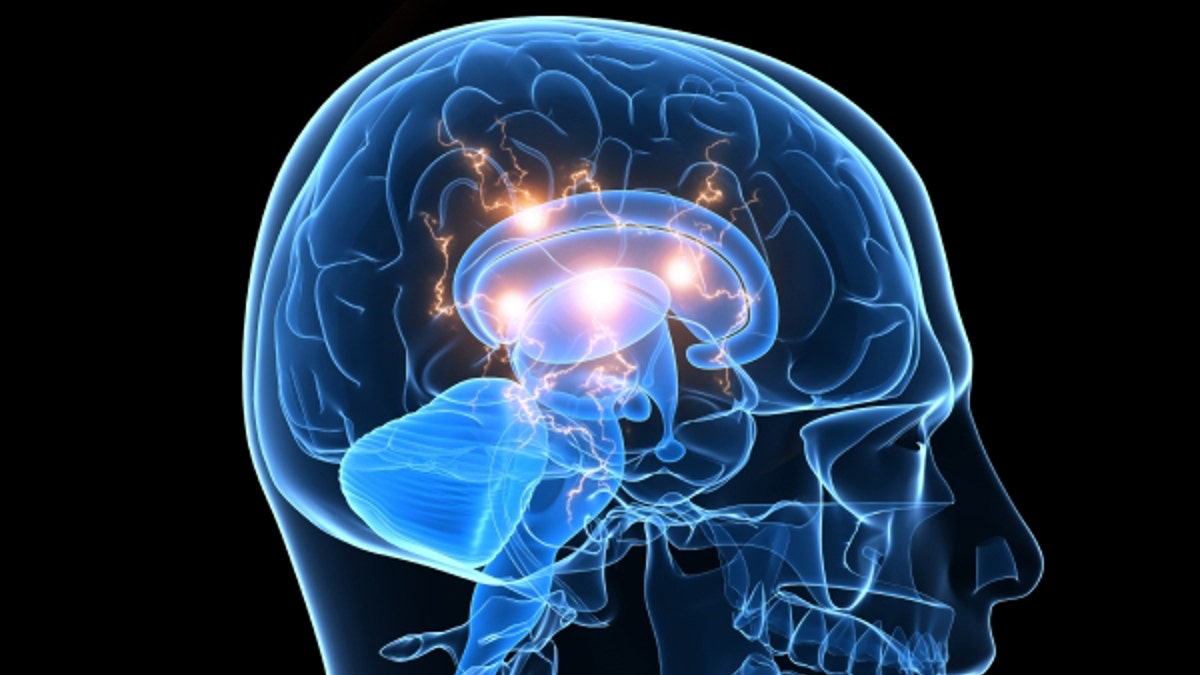
The brain consumes 20 percent of the body’s energy while awake and at rest, yet scientists historically have viewed the organ’s activity during sleep as useless “noise.” But in a study published online Wednesday in the journal Neuron, Stanford University researchers argue that, regardless of whether the body is resting, various organized brain networks coordinate with one another to retrieve personal memories and make future decisions.
Functional magnetic resonance imaging (fMRI) scans conducted over the past decade have allowed scientists to study blood flow in the brain. This technique, though indirect, has aided in identification of clustered networks responsible for specific tasks, some of which remain active during resting states, under anesthesia, and even while unconscious. But analyzing the space between the two hemispheres of the brain, which the Stanford researchers call the default mode network— an area of highly concentrated energy output— has proven difficult without invasive surgery.
Now, by using intracranial electrophysiology, a technique wherein electrodes are applied to patients who have already undergone an invasive medical surgery, researchers have examined brain activity in this area down to milliseconds and millimeters for the first time. Two key regions— the angular gyrus and the posterior cingulate cortex— comprise this area but are several inches apart, which has further complicated research on the default mode network.
“A predominant view and approach of studying the brain is what we call a stimulus response pattern— we conduct experiments and show the brain doing different tasks,” first study author Brett Foster, a postdoctoral research fellow at Stanford University, told FoxNews.com. “But what we’re interested in learning is when you do that cognitive task, what areas of the brain increase?”
Study authors recruited three study participants— two women and one man— who were admitted to Stanford Hospital for one week for frequent epileptic seizures. These patients were ideal because the location of their seizures required recording brain activity from surrounding healthy tissue, in addition to the seizure zones. Importantly, for these patients, recording electrodes were positioned over both the lateral and medial sides of the parietal lobe, which allowed researchers to study the two key areas of the default mode network, which were located outside of the seizure zone.
Researchers asked participants questions specific to their personal experiences, like what they ate for breakfast, as well as non-personal questions, like mathematical equations. While the default mode network appeared to shut down when researchers asked participants the non-personal questions, a unique sequence of electrical activity occurred in the brain when participants sought to answer the personal questions— as well as when the participants closed their eyes and stared off into space.
“There are two sort of interesting properties about this region,” Foster said. “It appears to have a unique contribution to processes that relate to memory, which is that tasks that use autobiographical or self-referential information about ‘me’— past and future— activate this region, but for tasks where you’re doing something you might consider oppositional, not focused on yourself but on external environment, this network gets turned down actively.”
The electrical pattern that occurred immediately after study authors asked the personal questions first activated the participants’ brain’s vision centers, then the angular gyrus and posterior cingulate cortex, next the brain’s decision centers, and finally the motor area— when participants made their final decision by indicating whether the memory was true or false on the computer.
To the researchers’ surprise, that pattern continued when participants were awake and asleep, a finding that debunks the idea that brain activity during rest is meaningless “noise.” Foster and senior author Josef Parvizi, associate neurology and neurological professor at Stanford, next compared the electrical patterns during sleep at night and while their eyes were closed but their bodies were awake during the day. They observed that the activity patterns during both states matched those that are involved in effortful memory retrieval. Researchers used fMRI scans to confirm their finding.
Foster said that as new research emerges, scientists may be able to more easily identify pathological markers for neurodegenerative conditions that reflect loss of episodic and autobiographical memory, such as Alzheimer’s disease. He noted that the National Institutes of Health’s (NIH) Human Connectome Project, an effort to compile neural data— including information regarding resting state connectivity networks, like his team’s study— aims to do just that.
“It’s only with this recent turn of events that people have started to talk about this network, so there’s a host of additional things that are interesting to investigate,” Foster said.




















